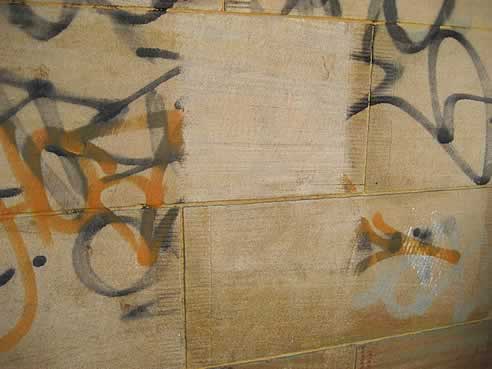NEWS ARTICLE ARCHIVESEco friendly building cleaning agents from Let's Clean The subject of cleaning buildings is gaining greater and greater significance as people become more aware of the environment, therefore the use of materials such as chemical cleaning agents which can harm the environment will become subject to greater restrictions. It must, therefore, be the industry's aim to offer or develop alternative cleaning methods in order to reduce the chemical pollution of the environment to an acceptable minimum. In future, physical cleaning processes - the ones that use no chemicals - must also be capable of meeting the requirements of the structure to be cleaned and of treating the surface gently so that valuable assets are not damaged. It is not likely that a magic formula will solve all cleaning problems but experience over recent years has shown that human inventiveness is almost inexhaustible. In the last few years, a physical cleaning process, known as the JOS/Rotec low-pressure rotating vortex process has been making a name for itself in the market. This process is mainly used in historic buildings or otherwise valuable buildings and is outstandingly successful because works extremely gently and does not require any chemicals whatsoever The JOS/Rotec process can be described as a kind of jet-blasting process in the broadest sense of the word but it is one that converts or transforms the energy from the jet into rotating energy by means of a specially constructed nozzle. This cleaning technology is based on a low-pressure, rotating vortex process and works with an extremely low, and variable, air pressure. Water quantities can be precisely regulated within the range of 10 to 60 litres per hour and extremely fine granulate selected exactly to suit the low pressure technique. Compressed air is used to create a rotating vortex of air, water and granulate in the nozzle. The special feature of this technique is that the vortex emerging from the nozzle expands rapidly and that, as a result, the pressure of the compressed air diminishes approximately in proportion to the square of the distance whilst the rotation of the vortex continues unabated. Simply, this means that the pressure of the compressed air, at about 42psi, is reduced to about 7psi if the object being cleaned is around 40cm away from the nozzle. The finely dispersed vortex of air, granulate and water emerging from the nozzle meet the surface being cleaned so that the cleaning is achieved by a scouring, rotating polishing regardless of which cleaning granulate is being used. The advantage of this cleaning process is that this technique can be used almost without limit on many different kinds of building materials and that the degree of cleaning can be adjusted to suit. |
 |
 |